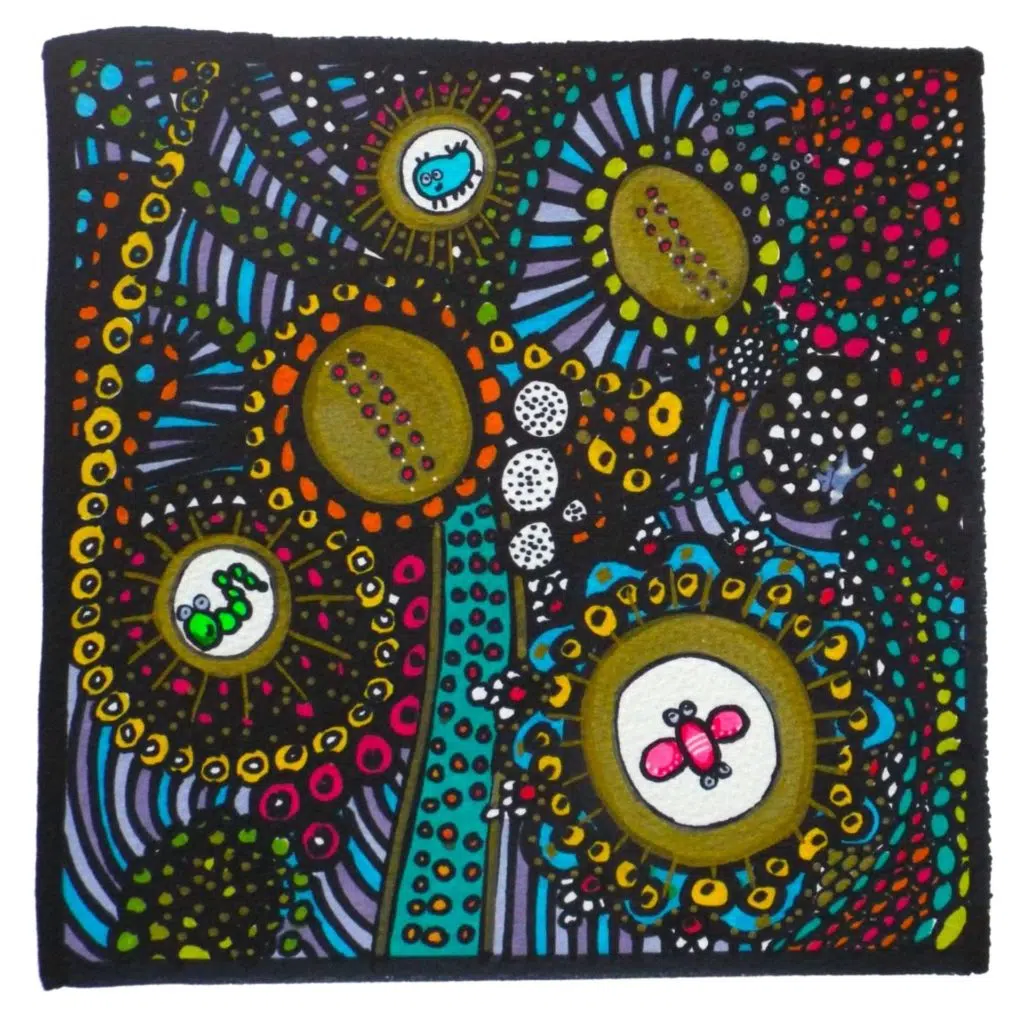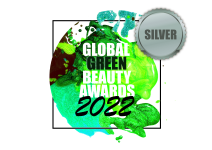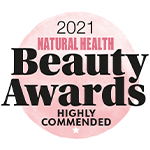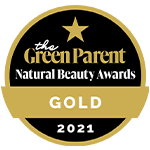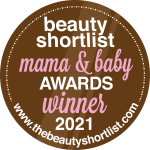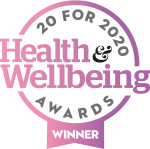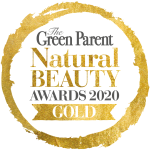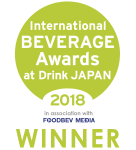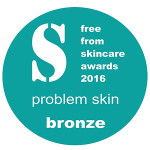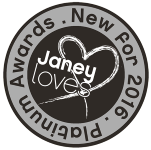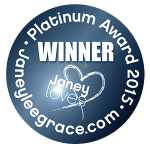Healthy skin – or a healthy gut – is a space grab. It’s all about good bacteria and bad bacteria, fighting it out for toe-space. The question is – who is going to win?
Answer: whichever side you support.
Once you understand that you are a complex system, a holobiont, made up of 90 % bacteria cells and just 10 % human cells, this makes a bit more sense.
The reason that in the industrialized world, one out of every two people have allergies, and one out of five children suffer with eczema, is this: we’ve been pursuing the wrong kind of clean.
You might as well really get your head around this fact right now: You are never going to be sterile.
When it comes to the human body, there is no such thing as sterile. You are made of bacteria. You can never kill them all – you would be killing your own component bits. Your symbionts, that join together with you to make a whole holobiont.
So any label that uses the word “germs” (a derogatory term for microbes) and promises to kill 99% of them, is promising to deliver the wrong kind of clean.
The wrong kind of clean kills off (most of) the bugs, and leaves a (largely) empty space.
This is a baaaaaaaaaaaaaad idea. Because in nature – (and remember, we ARE part of nature!) when you clear a space, nature is going to fill it in.
But what will it be filled in with?
Weeds. Opportunists. Pathogens. The toughest, quickest growing things that can get in there, and take over the space that you have so considerately cleared for them and left empty. Bad bugs.
Some of those bad bugs are already there, right on site. Because remember how that product promised to kill 99% of the bugs? Well, there are always a few left over.
These survivors are by definition the really strong ones, who were able to outlast the attack. By using our antibacterial stuff we politely kill off their weaker competitors, leaving lots of space open for these gnarly bad boys to breed and repopulate.
And so we created resistant bugs.
That’s the reason why after almost 40 years, MRSA has not become widespread except in hospitals where we use the most advanced antibiotics and most rigorous antiseptic measures. And more of the same does not seem to be working — new antibiotics and antibacterial soaps have not stopped MRSA.
Now you understand why.
A surgeon who has spent the morning repeatedly scrubbing his or her hands in an operating theatre has gotten rid of a lot of beneficial commensal bacteria. When the surgeon then goes to the wards, the more virulent bacteria will settle into the areas left vacant.
Voila – “HAI,” or Hospital Acquired Infection. Is this dangerous for you and your family?
You bet your holobiont boots it is. Ask Prime Minister David Cameron, who has warned of a return to the “dark ages of medicine” if no action is taken to tackle a growing resistance to antibiotics.
“This is not some distant threat but something happening right now,” Cameron told The Times. “If we fail to act, we are looking at an almost unthinkable scenario where antibiotics no longer work and we are cast back into the dark ages of medicine where treatable infections and injuries will kill once again.” 1
Drug-resistant diseases are predicted to cause an extra 10 million deaths every year unless urgent global action is taken, a new study has revealed. Superbugs, currently responsible for 700,000 deaths a year, could kill more people than cancer by 2050 at a cost of £63 trillion to the global economy. 2
The fact is, we’ve come to the end of the antibiotics road. We’re going to have to come up with something new. We’re going to have to save ourselves… holobionts, symbionts and all. We need to ask some better questions.
So here’s a better question: So what do we do instead?
If calling the microbes “germs” and getting rid of most of them is the wrong kind of clean, that only ends up creating resistant horrors like MRSA, then what’s the right kind of clean?
Professor Mark Spigelman, of the UCL Centre for Infectious Diseases and International Health, says the time has come to re-evaluate the concept of using antibiotics and scrubbing hands and wounds with antiseptic soaps. He suggests that saturating the skin with ‘good’ bacteria would offer us better protection against deadly germs.
Spigelman, who is now calling for a study to be set up in hospital units in which antibiotics would be banned, to explore alternative health protection measures against MRSA, says this:
“We should be thinking about using probiotics and even dipping our hands after thorough washing into a solution which contains harmless bacteria, which could then colonise our skin and prevent pathogenic bacteria from settling on it.” 3
As Spigelman points out, any student who has grown bacteria in a lab know that bacteria don’t grow on top of each other.
If a weed is there, a flower can’t grow. And likewise – if you’ve planted a healthy flower, a weed can’t take over that space.
Here’s the bit we’ve been missing all this time, with our antibacterial soaps and antibiotics….
After you clear a space, you’ve got to put the right kind of bugs in, to fill up that space. Otherwise the bad bugs will settle there and beat you to it. It’s a space grab.
It’s a bit like when the western settlers in the early days of the wild West took the train, tumbled off it and staked out their space on the vast empty plains as quickly as they could. Stake your claim. Grab as much as you can keep hold of.
Clear the space and leave it clear (antibacterial soap), and the claim jumpers will quickly take over.
Making a dent in the bad bugs is only the first part of the job.
To finish the job, you’ve got to also fill that space with good bugs.
That’s the right kind of clean.
For probiotic skincare that put the good bugs back where they need to be, we recommend kefir soaps and lotions from Chuckling Goat . See the whole range here.

